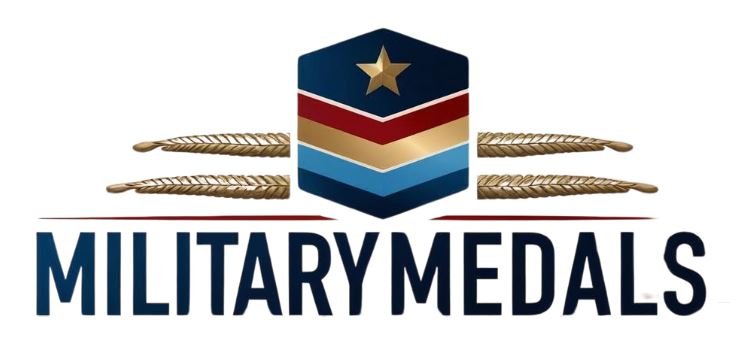The Army Museum of Tasmania boasts a dedicated room showcasing medals that narrate the profound tales of service spanning generations. Major Chris Talbot, overseeing the museum at Anglesea Barracks in Hobart, highlights that the display, now a permanent fixture, was established with governmental support. Families contributing medals for exhibition have the option to retrieve them for special events, preserving the legacy of their service.

Major Talbot emphasizes the significance of the museum’s medal collection, stressing that nearly all medals are on public exhibition. Through a grant secured years ago, the museum transitioned from storing medals in the backrooms to showcasing them prominently. This not only enriches the visitor experience but also aids families in deciding to donate their medals, assuring them of the lasting display and care of these historical artifacts.

Medals, as Major Talbot explains, hold varying distinctions based on the type of service rendered. They encompass recognitions for routine service, participation in campaigns, and extraordinary acts of valor or distinguished service. Noteworthy examples include the Hallam family’s medals, chronicling their service from the Boer War to Vietnam, and the Orchard family’s commendable lineage of service across World War I and II.
Delving into individual stories, Major Talbot highlights Captain Richard Charles Lewis, who earned the Distinguished Service Order and Victorian Decoration during the Boer War. Each medal reflects a unique narrative of dedication and sacrifice, with recipients like Captain Lewis embodying courage and commitment in the face of adversity.

Medals are awarded based on specific criteria, with commanding officers drafting citations for remarkable acts of bravery or service. The museum’s database, accessible via an Apple tablet, enables visitors to explore the history behind each medal, shedding light on the experiences and accomplishments of the recipients.
On Remembrance Day, the significance of medals is amplified as they symbolize a poignant tribute to fallen soldiers and commemorate the end of the First World War. Individuals proudly wear their own and family members’ medals, honoring the legacy of service and sacrifice passed down through generations.
For families desiring to celebrate special occasions with the medals, the museum offers options such as lending the originals under secure conditions or providing replica medals to prevent damage or loss. Upholding a sense of trust, the museum ensures the preservation and accessibility of these cherished artifacts for future generations.
While the Army Museum primarily focuses on army-related collections, the navy maintains its own repositories, such as Spectacle Island in Sydney Harbour, to safeguard and exhibit naval memorabilia. Each branch of the military upholds its traditions and histories through dedicated displays and archives nationwide.
As custodians of these invaluable stories of service, the Army Museum of Tasmania continues to illuminate the bravery, sacrifice, and dedication encapsulated in each medal, preserving the rich tapestry of military heritage for all to appreciate and honor.
🔗 Reddit Discussions
- Trump Says Medal He Gave Billionaire Donor ‘Much Better’ Than Military Medal of Honor
- Trump Insults Military Valor, Claims Medal of Freedom He Gave to Donor’s Wife is Superior to Medal of Honor Because Military Recipients Are Either Dead or Badly Wounded
- Trump Says Medal He Gave Billionaire Donor ‘Much Better’ Than Military Medal of Honor



